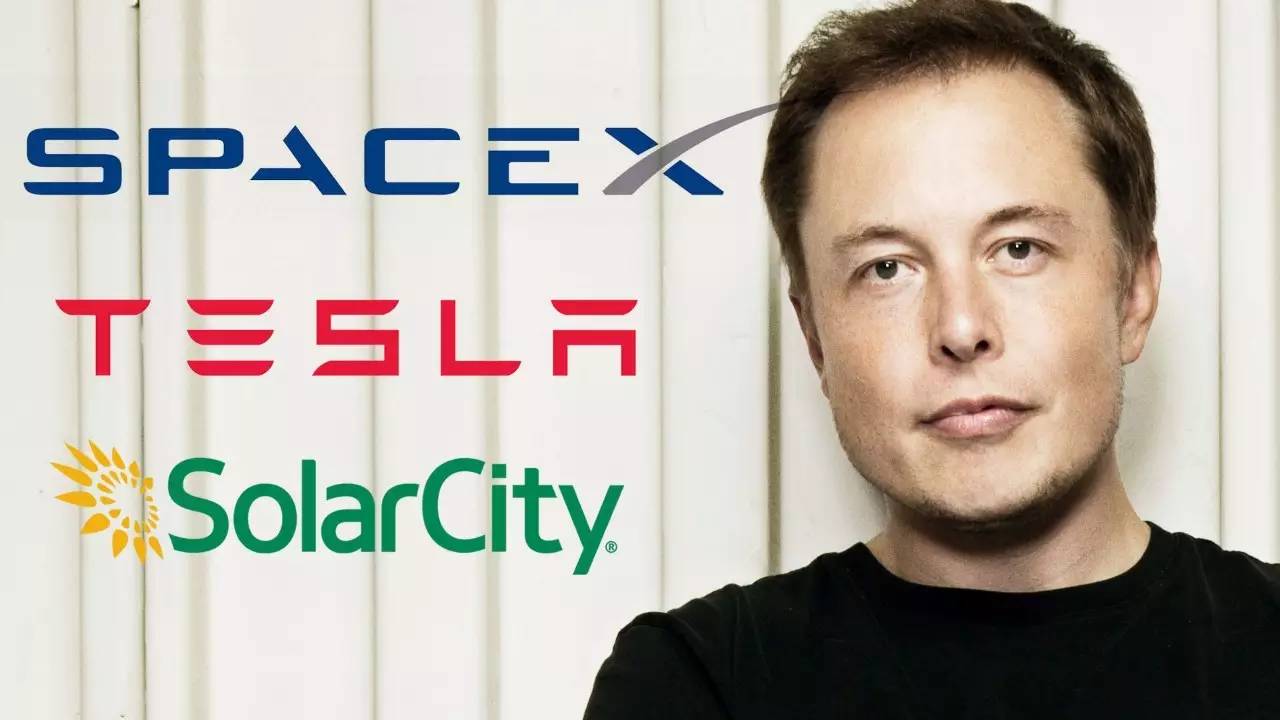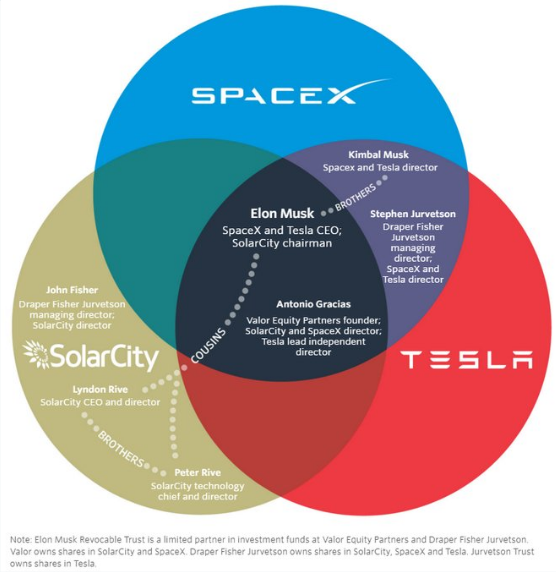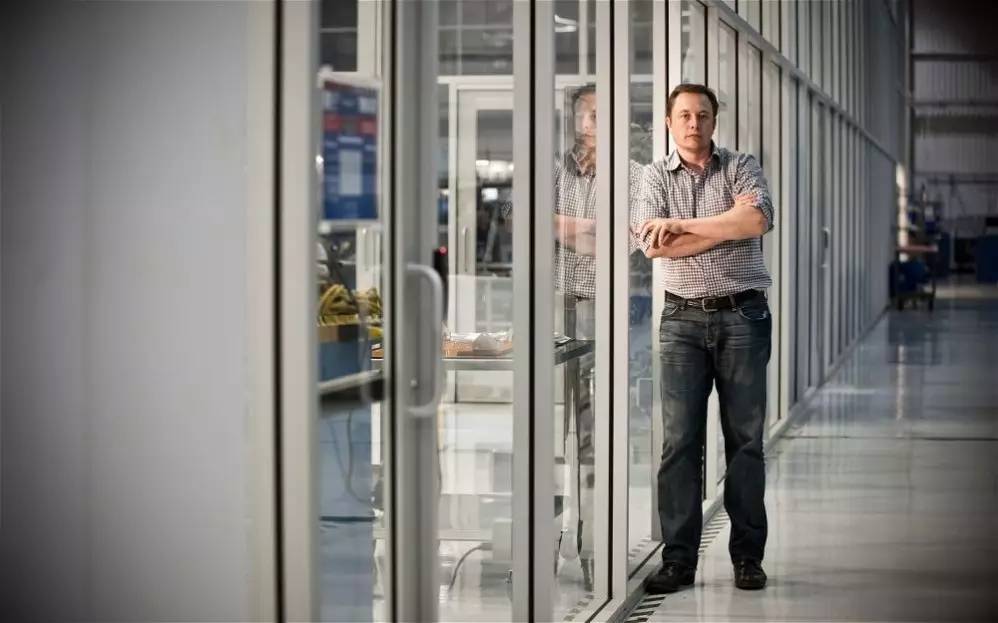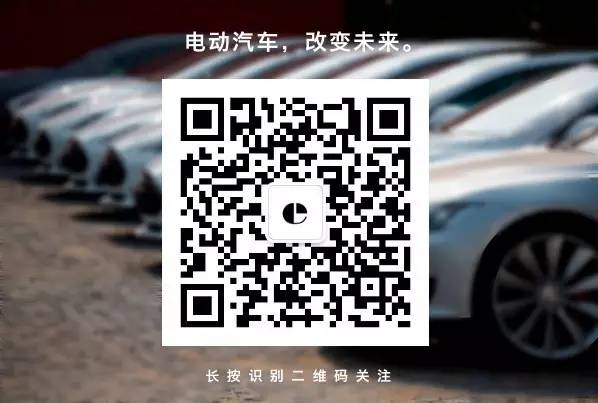_
_
Note: If you are not familiar with Tesla’s latest strategic plan, please read the original article: Tesla Announces Energy Plan, More Than Just a Car Company.
In this blog post updated by Musk, we will look at two parts. One is how Musk explains Tesla’s past and the other is how Musk describes Tesla’s future. Let’s take a look step by step.
1. What Sparks Will Tesla and Solar Energy Collide

“`markdown

In this article, Musk first proposed Tesla’s complete strategic plan, which is the next step after the previous three-step car-making plan, to provide solar power, and emphasized that this plan was planned ten years ago. Those who know Musk know that SpaceX + Tesla + SolarCity compose Musk’s future strategic layout. It is just unexpectedly determined that Musk intends to integrate SolarCity’s model into Tesla.
“`SolarCity was founded by Musk’s two cousins, Lyndon Rive and Peter Rive, in 2006. According to Musk’s biography, “Elon Musk: Tesla, SpaceX, and the Quest for a Fantastic Future,” the Rive brothers grew up with Musk and, when they were searching for a business model to launch their own company, Musk strongly recommended they get involved in solar power, having done extensive research on the topic himself. Musk also personally participated in the planning of SolarCity’s business model and held the largest ownership stake in the company. Later, when Tesla faced financial difficulties (refer to my previous article: Five Key Issues Impacting Tesla), Musk sold his shares in SolarCity to save Tesla.
On June 21st, Tesla proposed a $2.8 billion acquisition of SolarCity, causing an uproar in the industry with various speculations. Musk’s move was to set the tone for the acquisition of SolarCity, and the plan for solar power was already in Tesla’s strategic roadmap long before. This also confirms my earlier speculation that, after listening to Straubel’s speech (Must-read | Straubel Reveals How Tesla Is Restructuring the Power Grid of This Century), Tesla had always hinted energy was the company’s long-term goal. Choosing the automotive industry was because, firstly, “the transportation industry is the most concentrated sector of fossil fuel use. Ninety-five percent of fossil fuel energy drives everything on this planet in terms of people and goods.” Secondly, cars are consumer products and attract the most public attention. Entering the market through cars could seamlessly integrate with the energy sector at the top and connect with consumers at the bottom, which is undoubtedly the most suitable approach.I disagree with the statement that Musk is a speculator. In fact, he has invested all of his energy and resources into building not just one, but multiple companies over a period of ten years or more. This has had a truly transformative impact on the entire industry, far beyond what a mere speculator could have achieved. Without Tesla, the development of the electric vehicle industry would definitely not have progressed as quickly as it has. However, the development of the entire automotive industry is not something that can be completely changed by a single company like Tesla. As I mentioned in my article “How to Seize the Opportunity of Future Automotive Transformation”, Tesla’s self-driving technology, Google’s self-driving technology, and Uber’s ride-sharing revolution will all have an impact on the industry’s development over the next hundred years (after all, self-driving technology will take a century to develop). Musk is an extremely smart and wise entrepreneur who is difficult to replace. Even Apple is now following his strategic blueprint.
Tesla’s core strategy is simple and has been mentioned in the article: “all planning and actions have been directed towards accelerating the arrival of sustainable energy so that we can continue to have a bright future and good quality of life. This is the true meaning of ‘sustainable’.”
- Tesla’s Future Vehicle Planning
Tesla’s future vehicle planning is closely related to self-driving technology, with both cost and vehicle model impacts.
Firstly, many people are concerned that Tesla will not introduce any car models that cost less than the Model 3, and this is indeed a cost issue. For all its future vehicle models, Tesla will equip them with hardware that meets the requirements for self-driving. This hardware cost, coupled with the high cost of electric vehicle batteries, is relatively high and difficult to significantly reduce under current supply chain conditions.
Secondly, Tesla is likely to enter the commercial vehicle market in order to quickly apply self-driving technology. As we all know, many major traffic accidents are related to trucks. In this article, Musk emphasizes that Tesla’s plan for trucks will reduce the cost of transporting goods while increasing safety standards. In enclosed road sections where traffic conditions are not complex, self-driving technology is definitely safer than manual driving, while freeing up drivers can reduce labor costs.# 3. The Significance of Tesla’s Shared Travel
Tesla has proposed the idea of shared travel, which includes Tesla owners sharing their vehicles and Tesla providing Tesla fleets for users in cities with demand. This is equivalent to both shared rentals (without the need for the owner to act as the driver) and private car services (it is not mentioned whether drivers are provided). The form of shared rentals is likely to be time-sharing rentals, which are currently popular for electric vehicles, utilizing fragmented time to create benefits for vehicle owners.
Tesla’s current pricing strategy has been continuously adjusting, and its latest partnership with China Merchants Bank proposes a down payment of less than 100,000 yuan. In this strategy, Tesla has proposed reducing the cost of using shared vehicles for owners to solve the problem of the low usage rate of vehicles, which is only 5%-10%. Although the production cost of Tesla vehicles is not low, Tesla has a way to help vehicle owners purchase and use Tesla at a lower cost.
4. Tesla’s Past

Correction
Thirdly, high passenger-density city transportation vehicles is referring to public buses in the article. Autonomous driving frees drivers’ labor, and the number of public buses can be increased without the dependency on the number of drivers. Therefore, public buses can be deployed in a smaller size and in greater quantity on the market. At the same time, Tesla also intends to put more seats in smaller public bus models. Smaller public bus models, like the ones mentioned above, shorten transportation routes, eliminating the need for detours to meet the needs of more people. This leads to an improvement in the problem of traffic congestion, and the use rate of certain roads can be increased.
In the future strategies of so many car brands, many talk about transformation, service, and the ecology of the Internet of Vehicles. However, only Tesla’s strategy is the clearest, with deep foresight on future energy, continuous technological innovation, and true consideration for the needs of car owners. Many companies only talk about service, experience, and many concepts in the air, but never discuss details.# Musk Explains His Thoughts on Co-founding Tesla
Elon Musk has explained his thoughts on co-founding Tesla, stating that he believed it was an extremely risky behavior to start an electric car company. As a result, he did not want to take any risks with other people’s money and instead used his own. This was evident as Musk only sought capital from friends and family when Tesla faced real challenges, and otherwise, the majority of Tesla’s funding came from Musk’s previous entrepreneurial ventures. It is worth noting that a speculator would never risk their own money.
Additionally, Musk mentioned why the Roadster, Tesla’s first car, was a sports car. The main reason was that during the early stages of the company, the production of vehicles had not yet reached a certain scale, and thus the production costs were inevitably high. Only this portion of the consumer group was willing to spend more money to purchase the sports car they liked. They were not just making cars for the wealthy; it was the only choice under limited conditions. History has proven that this choice was correct.
Lastly, Musk described his understanding of autonomous driving and explained why Autopilot was named using beta software. He insisted that under the correct conditions, autonomous driving is safer than human driving. The use of the beta name does not mean that the system is a test version, but rather, he hopes that consumers do not blindly trust this system.
There are always communication issues between car companies and consumers. Traditional automobile companies are used to standing high and selling cars based on their noble sentiments to consumers. But few companies communicate honestly and equally with consumers about how cars are made and why they are created in this way. After all, most companies just want to sell cars and often hide important information. Even if isn’t talking about how the internet makes cars, the communication between automobile companies and consumers has a long way to go.
Musk interacts with car enthusiasts on Twitter every day and is closest to users in terms of dialogue. A founder of a company who personally writes a blog to explain his company’s future can at least ensure that information dissemination is most accurate without the media’s involvement.
Join the Tesla fan group for discussion!
Tesla announces energy plan, not just a car company
Straubel talks about how Tesla is restructuring the grid of this century
How to seize the opportunity of the future automobile revolution
Five key issues affecting Tesla

This article is a translation by ChatGPT of a Chinese report from 42HOW. If you have any questions about it, please email bd@42how.com.


